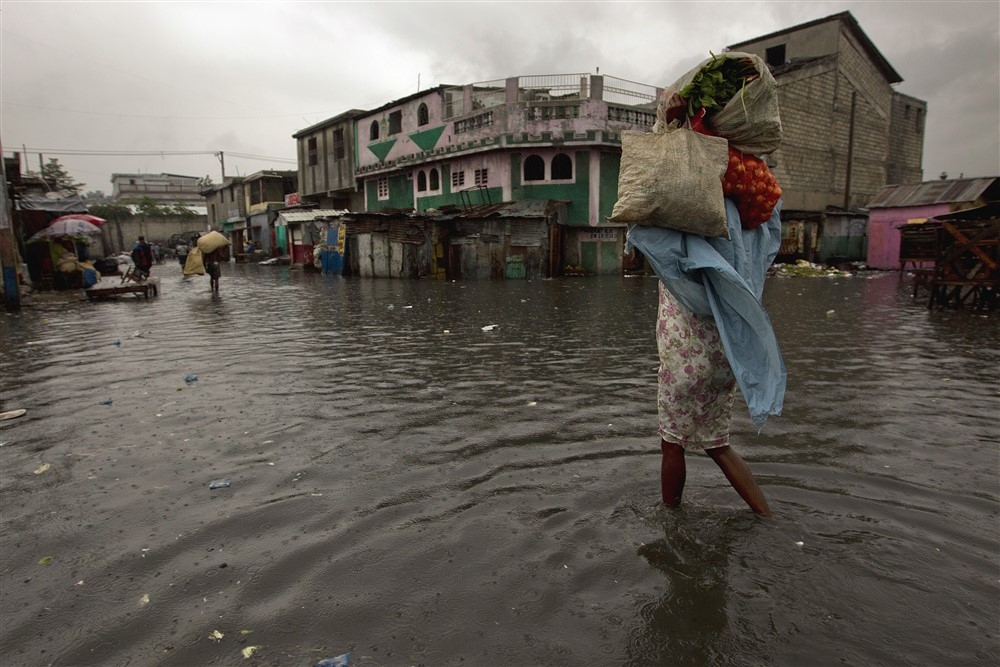Water-related disasters require urgent action at all levels

The final outcome of ‘Making Every Drop Count’, a document put together by the High Level Panel on Water has called for urgent action to address water-related disasters around the globe. 2018 marks the beginning of the International Decade for Action: Water for Sustainable Development.
Since 1990 water related disasters have accounted for 90% of the 1000 most damaging natural disasters and between 1900 and 2007, water-related disasters outnumbered all other disasters combined.
Floods now account for 50% of weather related disasters. By 2050, rising populations in flood prone lands, climate change, deforestation, wetland destruction and rising sea levels are expected to increase the number of people vulnerable to flooding to 2 billion.
Asia is most vulnerable to water-related disasters, accounting for over 45% of fatalities and 90% of those affecting between 1980 and 2006.
Dr. Han Seung-soo, the founding chair of the High-Level Experts and Leaders’ Panel on Water and Disaster (HELP) commented:
“Tragedies will continue to be repeated if we do not squarely address water and disaster issues at all levels”
“Water-related disaster risk reduction financing should be doubled globally with the next five years. Specific targets must be set, as an adequate fixed percentage of national GDP”
The comments were made at the 11th meeting of the High-Level Experts and Leaders’ Panel on Water and Disaster (HELP) at the World Meteorological Organization HQ in Geneva yesterday.
The call to increase action on water related disasters has been supported by Dr. Seung-soo, a former Prime Minister of the Republic of Korea and UN Special Envoy on Disaster Risk Reduction and Water. Dr Seung-soo highlighted that education in disaster risk reduction is key to this.
The High Level Panel on Water also recommended a UN Water Summit and the creation of a UN Panel on Water.
Mami Mizutori, UN Special Representative for Disaster Risk Reduction, added:
“Reducing the size of drought vulnerable populations should be a global priority given our knowledge and understanding of the phenomenon and the fact that one billion people have been affected by drought over the last twenty years.”
Disaster risk reduction needs to be a combination of long term development planning and short to mid-term disaster prevention strategies, Mami Mizutori noted.
Ms. Ameenah Gurib-Fakim, former President of Mauritius, highlighted that disaster risk reduction and prevention must be integrated in long term planning on a national level and that education at all levels must be stepped up. Mauritius is a country particularly vulnerable to the effects of climate change and rising sea levels.
Ms. Gurib-Fakim also commented on the transnational issues surrounding water related disasters. As 40% of people around the globe live in river basins which cross national borders, the successful management of water-disasters requires an international and collaborative approach.
Our AIDF Asia Summit returns for its 4th year in this critical climate, the summit will focus on disaster, resilience and response strategies and implementations needed to reduce risk in the region – of which water related disasters are a key component.
Join us for the 10th Annual Global Disaster Relief & Development Summit on 5-6 September in Washington, D.C, USA.
If you’d like to stay informed on the latest updates in aid and development, please sign up for the AIDF newsletter.
Image credit: UN-Water













